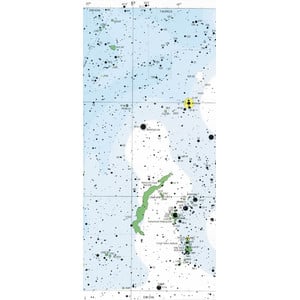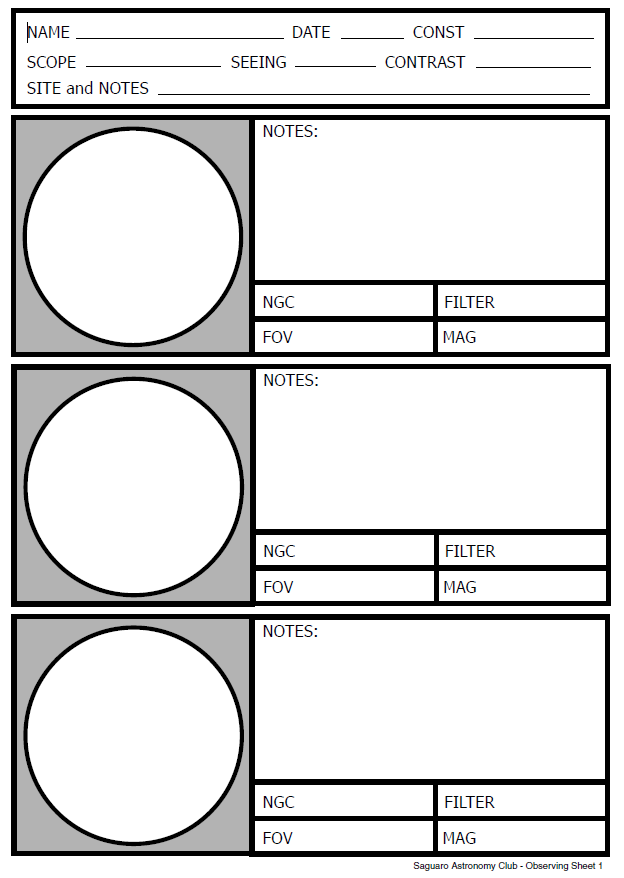Sky Atlas 2000 Pdf Download


Willmann-Bell, Inc. Is privileged to bring to press the stunning 'Next Edition' of the world-famous Uranometria 2000.0. The most comprehensive stellar/deep sky atlas and data resource we have seen, the three volumes of Uranometria 2000.0 are so much more than a 'Second Edition,' they can only be considered the fulfillment of that process to which the first edition was but prologue.

Download Sky Atlas 2000.0 Companion online epub/pdf
|
IMPORTANT NOTE: the sky atlas can be downloaded for different years at the Other projects page. In that page there is a link to the Bungee Star Atlas by Angelo Nicolini, based on JPARSEC and far superior to my own one. A new blog post describes the revised (and improved) version of the original atlas described below, and includes the source code to create it.
- Planetarium All-sky charts Sky rotation diagram Star atlas The solar system Object-finder charts Rising & setting times Live twilight map World timezone map The Earth in space The Universe in 3D The moons of Jupiter Weather forecast Custom graphs More.
- This is a 40 page PDF listing 11000 DSOs with basic data, and small finder charts. It is also cross referenced to Uranometria and Sky Atlas 2000. Deep Sky Hunter. This has 101 charts, 21 detailed charts, and includes stars down to magnitude 10.2, and DSOs down to 14. This has full sky coverage, and is optimized for A3 paper.
I'm very close to consider the implementation of sky rendering as finished in JPARSEC. For the next version I'm spending most of my efforts in bug fixes, specially when rendering to PDF using the iText library. As a test I have written a program to create a PDF with the ephemerides and main astronomical events in a given year, which is something I will add as new content to the ephemerides server I maintain at http://www.oan.es/servidorEfem/. This pdf document will contain also a sky atlas, which I will describe here briefly, including only the atlas itself in English.
In Internet it is easy to find different free star atlases to use as reference for observing. Main examples I've seen are the Beginners Sky Atlas by Ed. Vazhorov, the TriAtlas project by José R. Torres (go to the TriAtlas section in the top-right panel), and the Galway Sky Atlas by Jan Kotek. However, I always wanted to create one adapted to my preferences. To criticise the mentioned atlases, the Beginners Sky Atlas has an excellent quality and style, but it is only for very beginners. The TriAtlas contains an excesive amount of information and to read it is hard and painful. The Galway atlas is fine, but spread in too many detailed images. What I would like to have is a sky atlas with a style similar to the Beginners atlas, contained in one pdf file, and with an amount of information and layout distribution similar to the Sky Atlas 2000 (26 charts with a field of view around 40 degrees).
In addition, there's another question which is important for me. Atlases are usually created for J2000 equinox or whatever with the aim of being used for several years, hence they never include the trajectories of bodies in the Solar System. Since my program can be executed at any time to create the atlas again in few minutes (creating each chart in PDF using iText and then the entire atlas compilated automatically using Latex), I decided to create the atlas for 2013 equinox, showing the trajectories of the Sun, Mars, Jupiter, Saturn, Uranus, and Neptune, and including also the trajectories for the NEO 2012 DA14 and comet ISON, for the relevant dates. Hence the atlas is different and more useful than the Sky Atlas 2000 itself. The atlas uses astrometric positions for equinox 2013.0, showing the geocentric trajectories for 0h UTC in each date (except 2012 DA14, where I took/force the use of JPL ephemerides for this body as it was seen from Madrid). Another point is that the atlas shows a table with the deep sky objects visible in each of the charts (all that can be written in one page, in descent order of brightness), using also astrometric positions.
The atlas benefits from the great accuracy of the underlining library. For those demanding more technical data, star catalog is the 5th revised version of the Sky2000 Master Catalog (Myers et al. 2006), which is an excellent choice for a complete catalog up to magnitude 9.5. For deep sky objects my catalog has been compiled over the years using different sources. I believe it is complete up to magnitude close to 16, and I have tested ALL sources on it against Simbad to check coordinates. I say this because I have seen errors in other catalogs (lack of the minus sign in declination, wrong coordinates) in some sources.
Limiting magnitudes are 8.5 for stars and 12.0 for deep sky objects. These limits can be enhanced to at most 9.5-10 and 16 respectively, but JPARSEC is designed to adapt the amount of objects shown to the resolution of the chart (which I have set as 3000×2090 pix in the PDF, although using vector graphics), and in fact the mentioned limits (that can be customized/forced in the SkyRenderElement by setting the flag 'drawClever' to false) are beyond the default limits set internally in JPARSEC, which are around 8.0 and 10.0 for stars and deep sky objects for the mentioned resolution and field. The result is a little crowded atlas, but clear enough. More objects would require a layout closer to Uranometria, hence obtaining an atlas very similar to the Galway one, which I don't like since I prefer a wider field of view to see the constellations. On the other hand, deep sky objects can be shown using textures, and the resolution (degrees per pixel) is just good enough with a Sky Atlas 2000-like layout to show some nice textures, which is a good reason to create also a dark edition (with a more realistic view) of my atlas … So now it's time to see some examples.
I have created two editions of the atlas, one using white background (with the so called 'cute' style to properly show stars superimposed between them and with other objects, as in the Beginners Sky Atlas) and another using black background. An example of the first case is above, where I have used Gimp to convert the PDF chart to JPG using 100 dpi. As you see, the atlas shows the radiants of the meteor showers, something I've never seen in other atlases and I think it is fine to identify the shower for a given meteor you could see during the night.
Sky Atlas 2000 Pdf Download Pdf
Sky Atlas 2000 Pdf Downloader
Above is the chart 22 of the dark edition of the atlas, showing a glorious Milky Way using textures borrowed from the excellent work by Nick Risinger (the free version with 3000 pix). M8 (Lagoon nebula), M7, and maybe other objects are visible also as textures. Up to my knowledge, this is the only sky atlas showing textures of deep sky objects like M31, M33, California nebula, … Obviously the textures cannot be drawn in vector graphics, but the original images are rendered so that deep sky textures will not appear pixelated when printed at 200% or 300% (but Milky Way will). The file size of the dark edition is above 60 MB, twice that of the version with white background.
I have created this atlas just as a test and for fun, and I'm happy with it for now. As I said before, the layout used in Uranometria is of excesive detail, but one similar to Sky Atlas is fine for me. Anyway, I would not discard creating an intermediate version between both layouts with stars up to magnitude 9.5 sometime in the future.

The PDF atlas can be downloaded here and the dark edition here. Spanish version of the atlas with extended information about astronomical events will be added to http://www.oan.es/servidorEfem/ soon, and obviously I will maintain and improve the atlas for 2014 and following years, although I may not release an English version unless someone here requests it.
IMPORTANT NOTE: the sky atlas can be downloaded for different years at the Other projects page. In that page there is a link to the Bungee Star Atlas by Angelo Nicolini, based on JPARSEC and far superior to my own one. A new blog post describes the revised (and improved) version of the original atlas described above, and includes the source code to create it.
